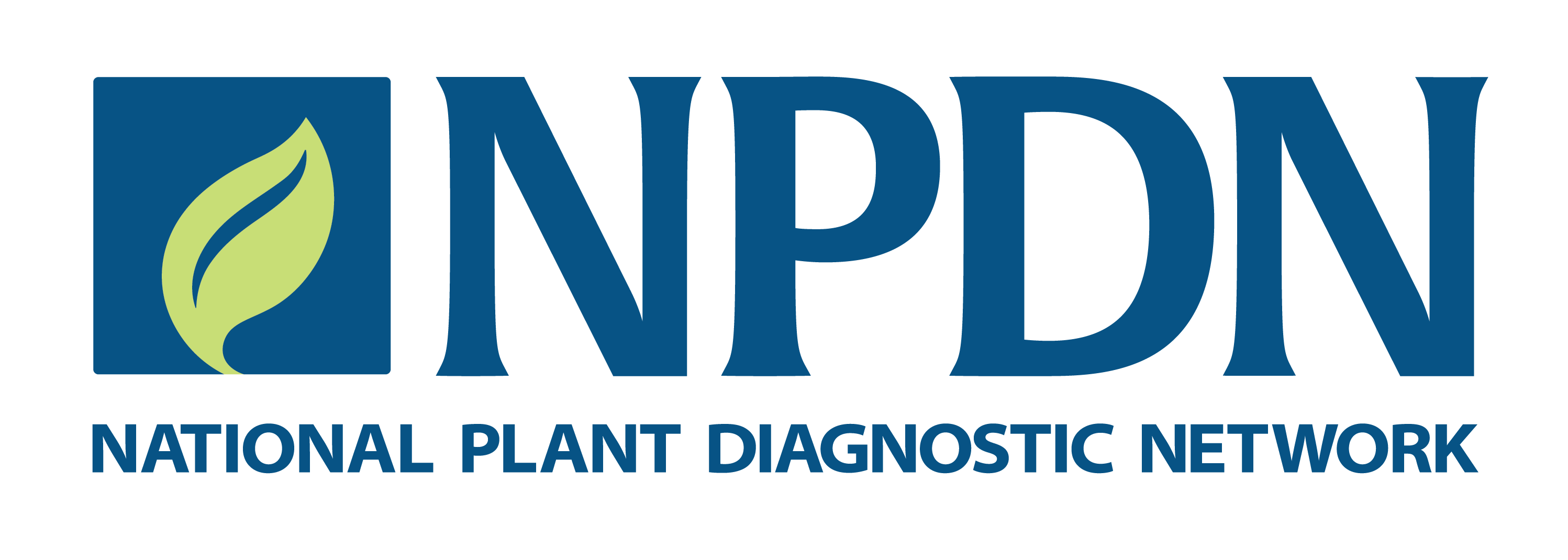James Woodhall, University of Idaho, Parma Research and Extension Center – WPDN
The Communicator: Volume 6, Issue 5, May 2025
What are locked nucleic acids and why are they considered?
A locked nucleic acid (LNA or LocNA) is a modified RNA nucleotide you can include in your primers and probes with the intent of improving specificity. They are sometimes also known as a bridged nucleic acid (BNA) or inaccessible RNA. When ordering primers and probes it is important to include LNA bases if required. By omitting the required LNA bases in your oligonucleotides, you will reduce the specificity of your assay potentially resulting in cross reaction with closely related non-target species. Typically, either in the protocol or when ordering LNAs online, the relevant base is highlighted by underlining, parenthesis, braces (curly brackets), or using a ‘–‘ or ‘+’ before the base.
LNAs work by possessing a methylene bridge which effectively locks the ribose in the 3'-endo conformation. This results in enhanced thermal stability, effectively enabling high-affinity and potentially sequence-specific binding to complementary DNA or RNA. When designing your assay, this can be very useful if you include some LNA in the bases at the 3’ end of your primer where there are mismatches between your target and highly similar non-target sequences.
Notes on designing assays with LNA bases
It's best to put the LNA in the last few bases of your primer or in the middle of the probe where there are mismatches between the target and the non-target. You can have multiple LNAs in each oligo to enhance specificity if needed. You may have to design several oligos with the LNA in different positions and test which works best by trial and error. For example, in the assay I designed for Rhizoctonia solani AG 3-PT (Woodhall et al., 2013), I initially designed three forward primers: one with LNAs at the first base from the 3’ end, one with an LNA from the third base in from the 3’ end and one with an LNA in both positions. After comparison, the primer with the LNA three bases in had the best balance of specificity versus sensitivity.
Conclusions
Do not overlook LNA bases when ordering primers and probes. They are often essential for assay specificity. LNAs can be a simple modification to your oligonucleotide to enhance specificity, although they may increase the cost and turnaround time required for synthesis.
Literature cited
Woodhall JW, Adams IP, Peters JC, Harper G, Boonham N, 2013. A new quantitative real-time PCR assay for Rhizoctonia solani AG 3-PT and the detection of AGs of Rhizoctonia solani associated with potato in soil and tuber samples in Great Britain. European Journal of Plant Pathology. 136, 273-280.

